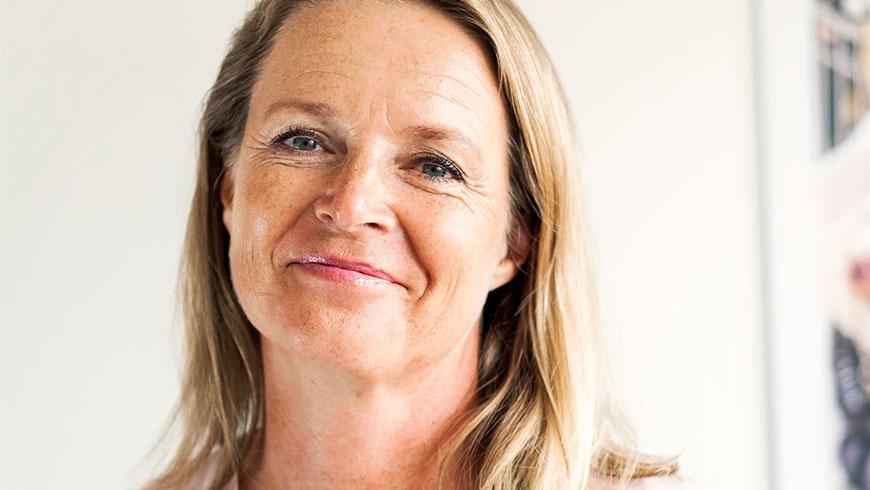

Moles
Some people have dozens of moles, while other people only have a few or even none.
The number of moles depends on genes. Also, the amount of ultraviolet radiation one receives as a child has an effect on the number of moles.
How to recognize a malignant mole?
Often a dangerous mole clearly stands out from the normal, harmless moles by its appearance.
A benign mole is:
- relatively small (under 1 cm)
- symmetrical
- evenly colored.
A dangerous/malignant mole is:
- big in size (over 1 cm)
- unsymmetrical
- unevenly colored or the mole has multiple different colors.
Examining and removing the mole
A suspicious mole should be checked by a dermatologist if it for example changes color or grows. A dermatologist uses a dermatoscope, which has a magnifier to examine the precise structures of the mole deeper than just on the skin’s surface. Often it can be determined right away if there is reason to remove the mole. When the mole is examined with the dermatoscope, a biopsy is often not necessary. If you have doubts or questions about moles, dermatologists, general practitioners and occupational doctors can help you.
See Mehiläinen’s dermatologists and book an appointment
Read more about moles:
Removing a harmless mole
Specialists and locations



